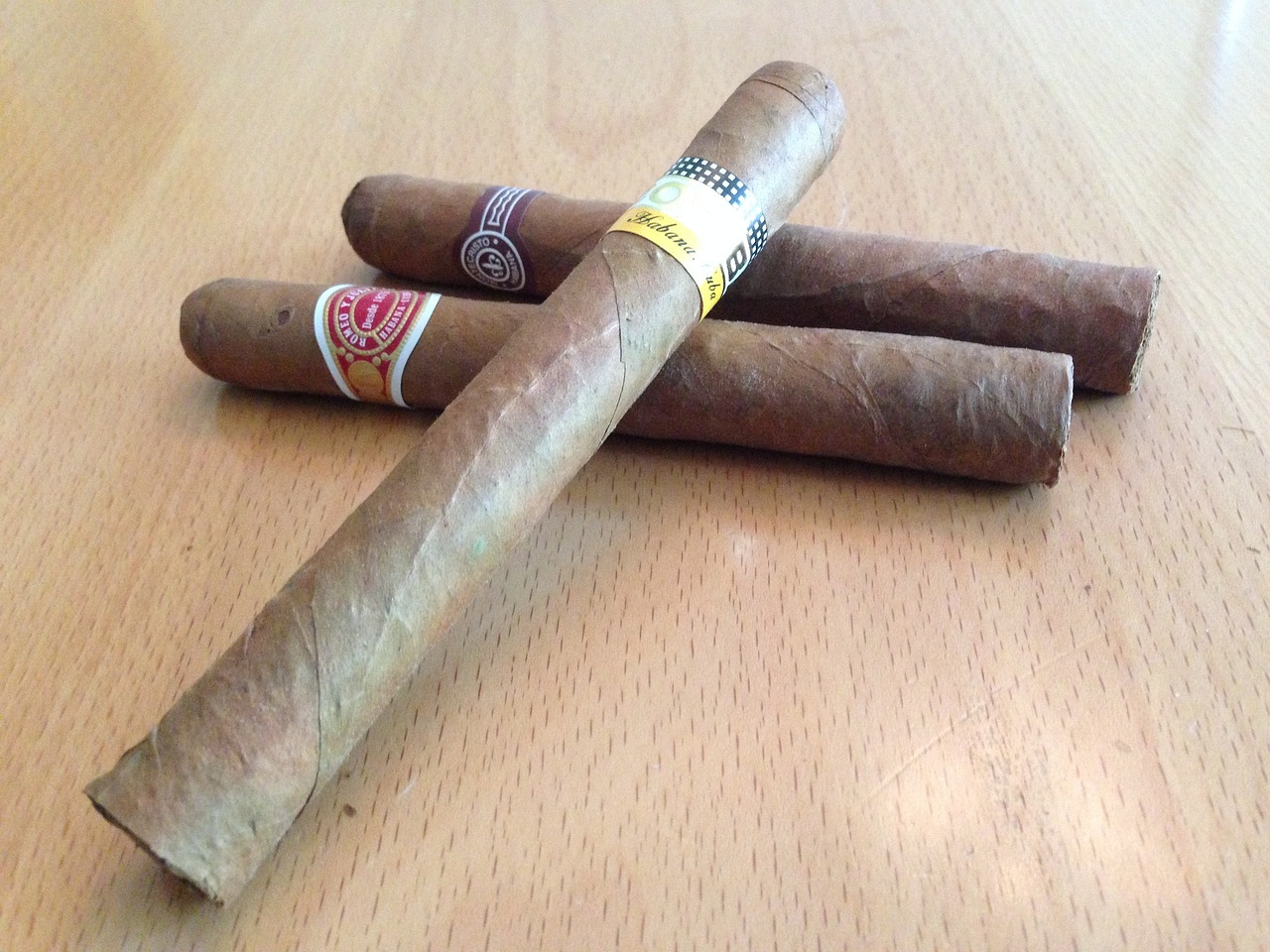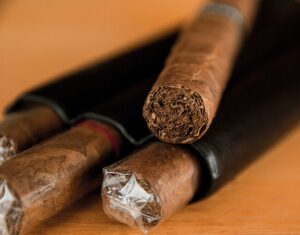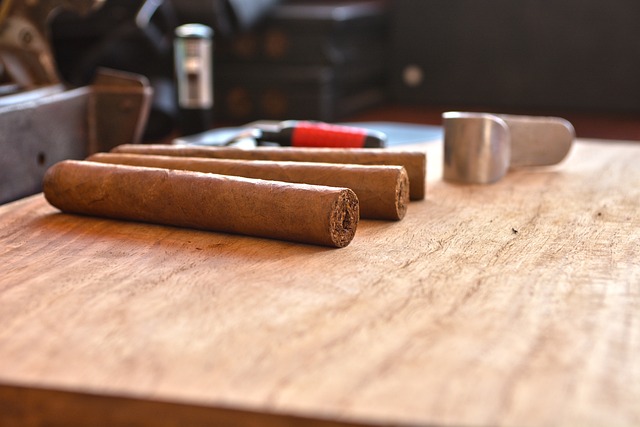The Rich History of Cuban Cigars: A Legacy of Excellence

Cuban cigars are synonymous with luxury, craftsmanship, and a rich cultural heritage that spans centuries. These iconic cigars have earned legendary status among aficionados around the world, celebrated for their unmatched quality and distinctive flavor profiles. Let’s embark on a journey through the fascinating history of Cuban cigars together with the best Nicaraguan cigars and uncover the legacy of excellence that has made them a symbol of sophistication and tradition.
The Beginnings: Indigenous Roots and Spanish Influence
 The story of Cuban cigars begins long before the arrival of European explorers. Indigenous Taino people were the first to cultivate and smoke tobacco on the island, using it for ceremonial and medicinal purposes. When Christopher Columbus arrived in Cuba in 1492, he observed the natives rolling and smoking dried tobacco leaves, marking the first recorded encounter between Europeans and tobacco. As Spain colonized Cuba, tobacco quickly became one of the island’s most valuable exports.
The story of Cuban cigars begins long before the arrival of European explorers. Indigenous Taino people were the first to cultivate and smoke tobacco on the island, using it for ceremonial and medicinal purposes. When Christopher Columbus arrived in Cuba in 1492, he observed the natives rolling and smoking dried tobacco leaves, marking the first recorded encounter between Europeans and tobacco. As Spain colonized Cuba, tobacco quickly became one of the island’s most valuable exports.
By the mid-16th century, Spanish settlers began cultivating tobacco fields, laying the groundwork for what would become a booming industry. The rich, fertile soil and ideal climate of Cuba provided the perfect conditions for growing high-quality tobacco, and the island soon became renowned for its exceptional cigars.
The Golden Age: 19th Century to Early 20th Century
The 19th century marked the golden age of Cuban cigars, as the industry flourished and expanded. Many of the most famous cigar brands we know today were established during this period, including H. Upmann, Partagas, and Romeo y Julieta. These brands quickly gained international acclaim, attracting cigar enthusiasts from around the globe. Cuba’s cigar industry thrived under the meticulous care of skilled torcedores (cigar rollers), who perfected the art of hand-rolling cigars. The dedication to quality and craftsmanship set Cuban cigars apart, and their reputation for excellence continued to grow.

Revolution and Change: The Impact of the Cuban Revolution
The Cuban Revolution of 1959 brought significant changes to the island’s cigar industry. The new government nationalized all cigar factories, placing them under state control. Many cigar manufacturers and their families fled Cuba, taking their expertise and knowledge to other countries, such as the Dominican Republic and Nicaragua. Despite the upheaval, the Cuban cigar industry persevered. The government established the Empresa Cubana del Tabaco (Cubatabaco) to oversee the production and distribution of cigars. Cuban cigars continued to be produced with the same dedication to quality, and their reputation for excellence remained intact. The U.S. embargo on Cuban products, imposed in 1962, created a mystique around Cuban cigars. Their scarcity in the American market only heightened their allure, and Cuban cigars became even more coveted by enthusiasts and collectors.
Modern Era: A Testament to Tradition
 Today, Cuban cigars continue to be revered for their exceptional quality and craftsmanship. The island’s tobacco-growing regions, particularly the Vuelta Abajo in Pinar del Río, are considered the finest in the world. Cuban cigars are still hand-rolled by skilled artisans who pass down their knowledge and techniques through generations. The annual Festival del Habano, held in Havana, celebrates the rich heritage of Cuban cigars and attracts aficionados from around the world.
Today, Cuban cigars continue to be revered for their exceptional quality and craftsmanship. The island’s tobacco-growing regions, particularly the Vuelta Abajo in Pinar del Río, are considered the finest in the world. Cuban cigars are still hand-rolled by skilled artisans who pass down their knowledge and techniques through generations. The annual Festival del Habano, held in Havana, celebrates the rich heritage of Cuban cigars and attracts aficionados from around the world.
This prestigious event showcases new releases, honors the legacy of iconic brands, and provides a platform for enthusiasts to immerse themselves in the world of Cuban cigars.
In Conclusion
The history of Cuban cigars is a testament to the enduring legacy of excellence that has made them a symbol of luxury and sophistication. From their indigenous roots to their golden age and beyond, Cuban cigars have captivated the hearts and palates of cigar lovers worldwide. As we savor each puff of a finely crafted Cuban cigar, we pay homage to the generations of artisans who have dedicated their lives to preserving this rich tradition.
